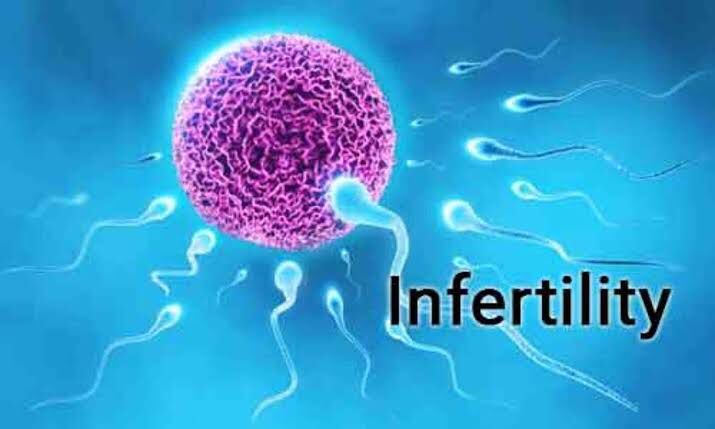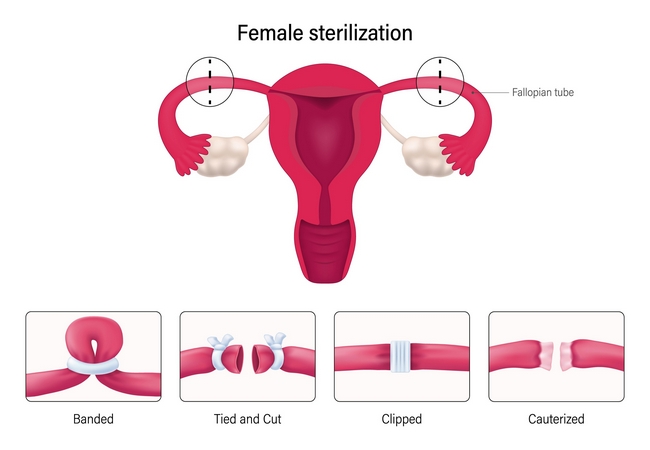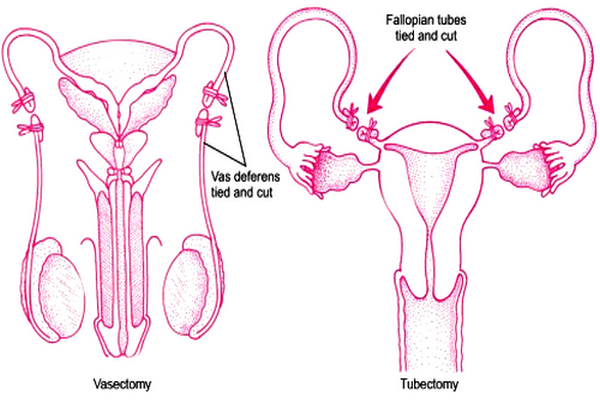Major Infertility Causes in Males and Females
Definition of Infertility:
Infertility refers to an inability to conceive after having regular unprotected sex. Infertility can also refer to the biological inability of an individual to contribute to conception, or to a female who cannot carry a pregnancy to full term. It is an absolute state of inability to conceive.

Infertility may be defined as failure to conceive after one year of married life without use of any contraceptive measures. Inability is to achieve conception after 1 year of regular unprotected coitus.
You can read: Teenage Pregnancy: Causes, Effects, Risks, Consequences, Prevention, Control
Classification or Types of Infertility:
There are mainly two types of infertility:
- Primary infertility: It is applied to those who have never conceived.
- Secondary infertility: It is applied to those who have conceived at some time in the past.
Major Causes of Infertility in Male and Female:
Infertility Causes in Males:
Abnormal spermatogenesis:
- Chromosomal abnormalities,
- Mumps orchitis,
- Cryptorchidism,
- Chemical or radiation exposure,
- Varicocele.
Abnormal motility:
- Absent cilia (kartagener’s syndrome),
- Varicocele,
- Antibody formation.
Anatomic disorders:
- Congenital absence of vas deferens,
- Obstruction of vas deferens,
- Congenital abnormalities of ejaculatory system.
Endocrine disorders:
- Hypothalamic dysfunction,
- Pituitary failure (tumour, radiation, surgery),
- Hyper-prolactinemia (drug tumour),
- Exogenous endrogens,
- Thyroid disorders,
- Adrenal hyperplasia.
Sexual dysfunction:
- Retrograde ejaculation,
- Impotence,
- Decreased libido.
Infertility Causes in Females:
1. Ovulatory factor:
Central defects:
- Chronic hyper-adrogenemic anovulation,
- Hyper-prolactinemia (drug, tumour, empty sella),
- Hypothalamic insufficiency,
- Pituitary insuffic.ency (trauma, tumour, congenital).
Peripheral defects:
- Gonadal dysgenesis.
- Premature ovarian failure.
- Ovarian tumour.
- Ovarian resistance.
Metabolic disease:
- Thyroid disease,
- Liver disease,
- Renal disease,
- Obesity,
- Androgen excess, adrenal or neoplastic.
2. Pelvic factor:
a. Infection:
- Appendicitis,
- Pelvic inflammatory disease,
- Sexually transmitted disease (STD),
- Salpingitis,
- Uterine adhesions (Asherman’s syndrome).
b. Endometriosis,
c. Structural abnormalities:
- DES exposure,
- Failure of normal fusion of the reproductive tract,
- Myoma.
3. Cervical factor:
Congenital:
- DES exposure,
- Mullerian duct abnormality.
Acquired:
- Surgical treatment,
- Infection- cervicitis.
Others:
a. Coital errors:
- Apareunia and dyspareunia.
- Frequency & timing of coitus: Infrequency of coitus and attempts to limit it to the day of ovulation are much more if important causes for failure to conceive.
- Lubricants: Proprietary jellies are often acid and therefore spermicidal.
b. Anxiety and apprehension.
c. Familial disposition: genetic and constitutional factors.
d. Occupation and environment.
More questions related to this article:
- What is infertility?
- Define infertility.
- What are the types of infertility?
- Write down the types of infertility?
- Write down the risk factors of infertility?
- What are the factors which is responsible for infertility?
- What are the reasons of infertility?
- List down 2 causes of male infertility and two causes of female infertility.
- What are the causes lead to male and female infertility?
- Write down the causes of female infertility?











